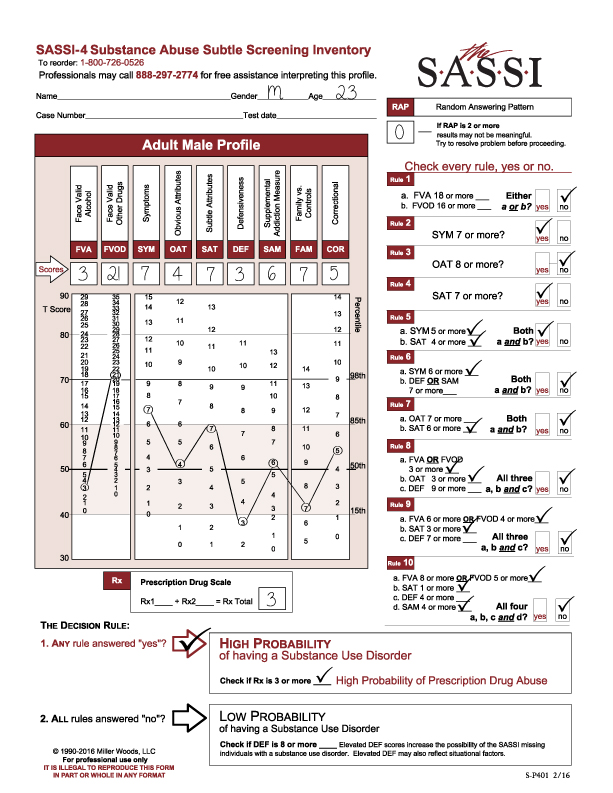In the dynamic landscape of addiction screening, assessment and intervention, The SASSI Institute remains dedicated to providing high-quality, reliable tools to professionals across the globe. As we continue to enhance our services and maintain the highest standards, we must occasionally adjust our pricing. Today, we want to discuss a 2025 minimal price increase for our products and services and how it will impact our valued clients.
Why the Increase?
The decision to implement a price increase is never taken lightly. Our commitment to delivering top-notch screening tools is unwavering, and maintaining this level of excellence requires ongoing investment. Here are the primary reasons behind this change:
- Continuing Research and Development:
- Continuous improvement of our screening tools and delivery options to ensure they remain at the cutting edge of addiction science.
- Investment in new technologies and methodologies to enhance the accuracy and reliability of our screening tools and services.
- Operational Costs:
- Increases in costs for materials, production, and distribution.
- Investments in better infrastructure to support seamless customer experiences.
We understand that any change in pricing can raise concerns, especially in fields where budgets are often tight. Therefore, we have made every effort to keep this increase minimal and manageable. Please note that as an added consideration we have chosen to forego any increase to our online training platforms. The adjustment to our Paper & Pencil and SASSI Online options resulted in a nominal average increase of 5%.
At The SASSI Institute, our mission is to support you in your vital work of screening, assessing and treating addiction. This minimal price increase is a step toward ensuring that we can continue to innovate, improve, and deliver the highest quality tools and services, as we continue to collaborate with you. We stand behind you in our mutual resolve that Early Intervention Saves Lives. We appreciate your understanding and continued trust in our products. Together, we can make a difference in the lives of those affected by addiction.
Change, while sometimes challenging, is often necessary for growth and improvement. The SASSI Institute remains steadfast in our dedication to providing exceptional tools and services. Thank you for your continued support and partnership.
Sincerely,
The SASSI Institute Team

